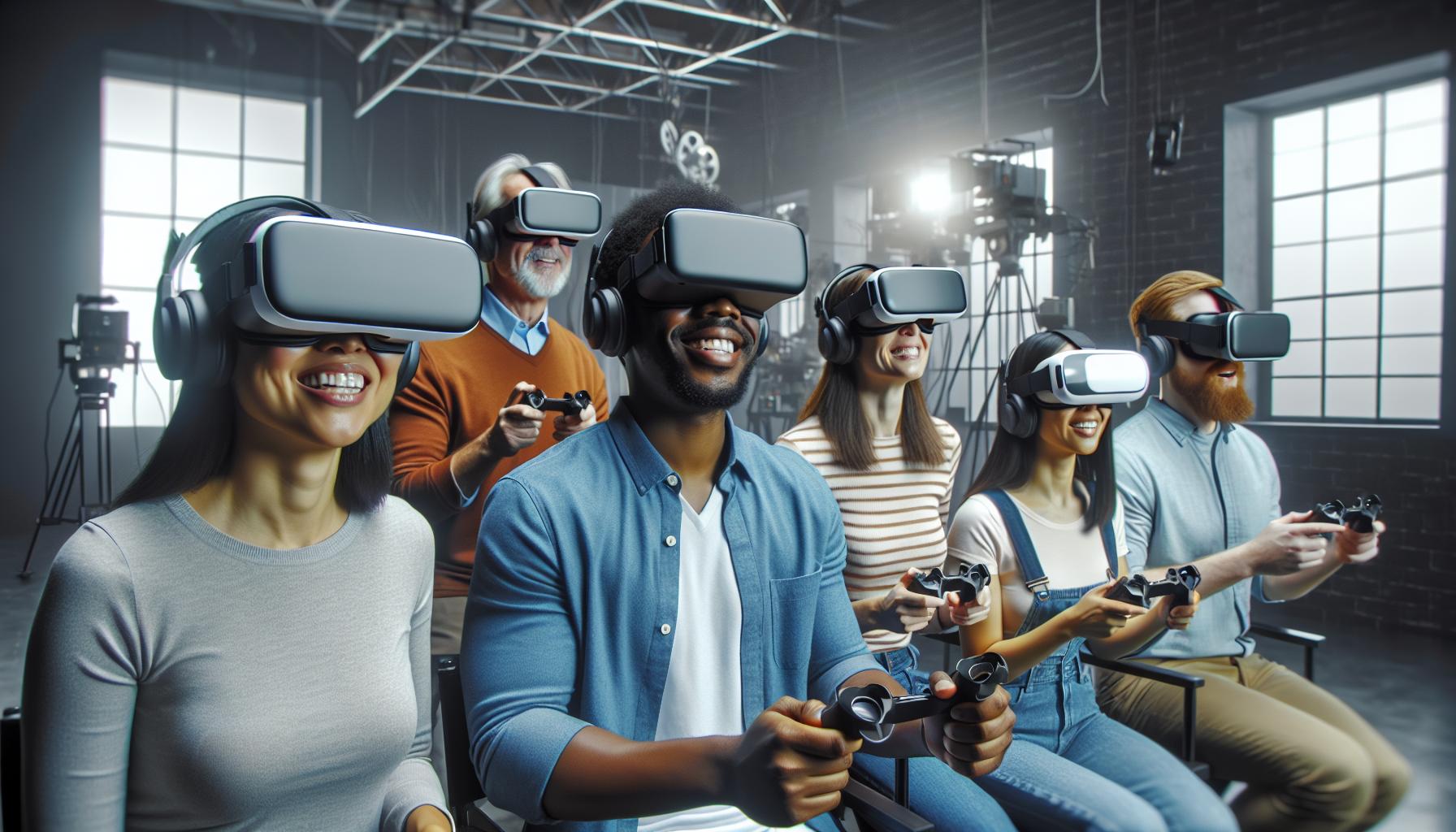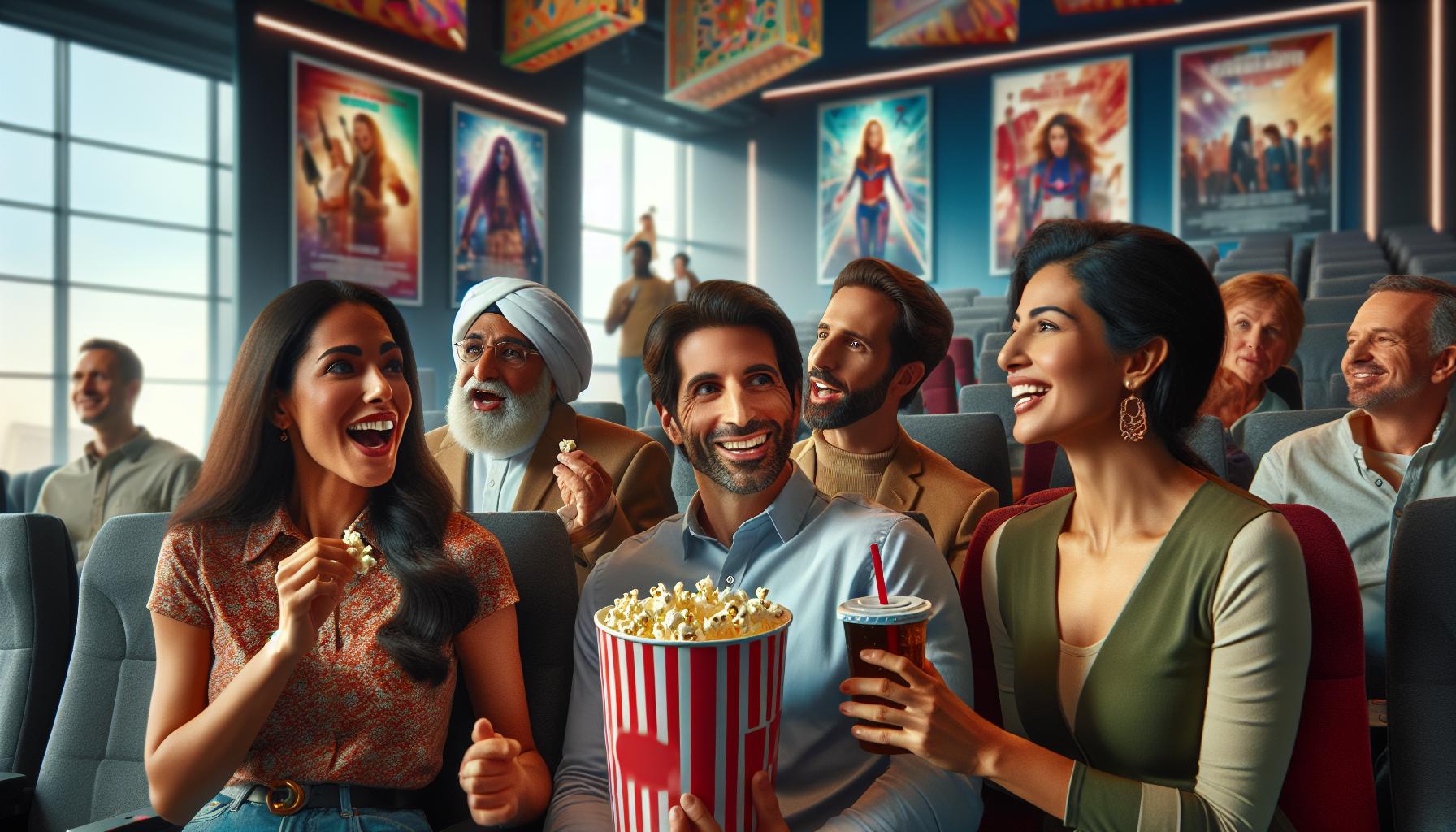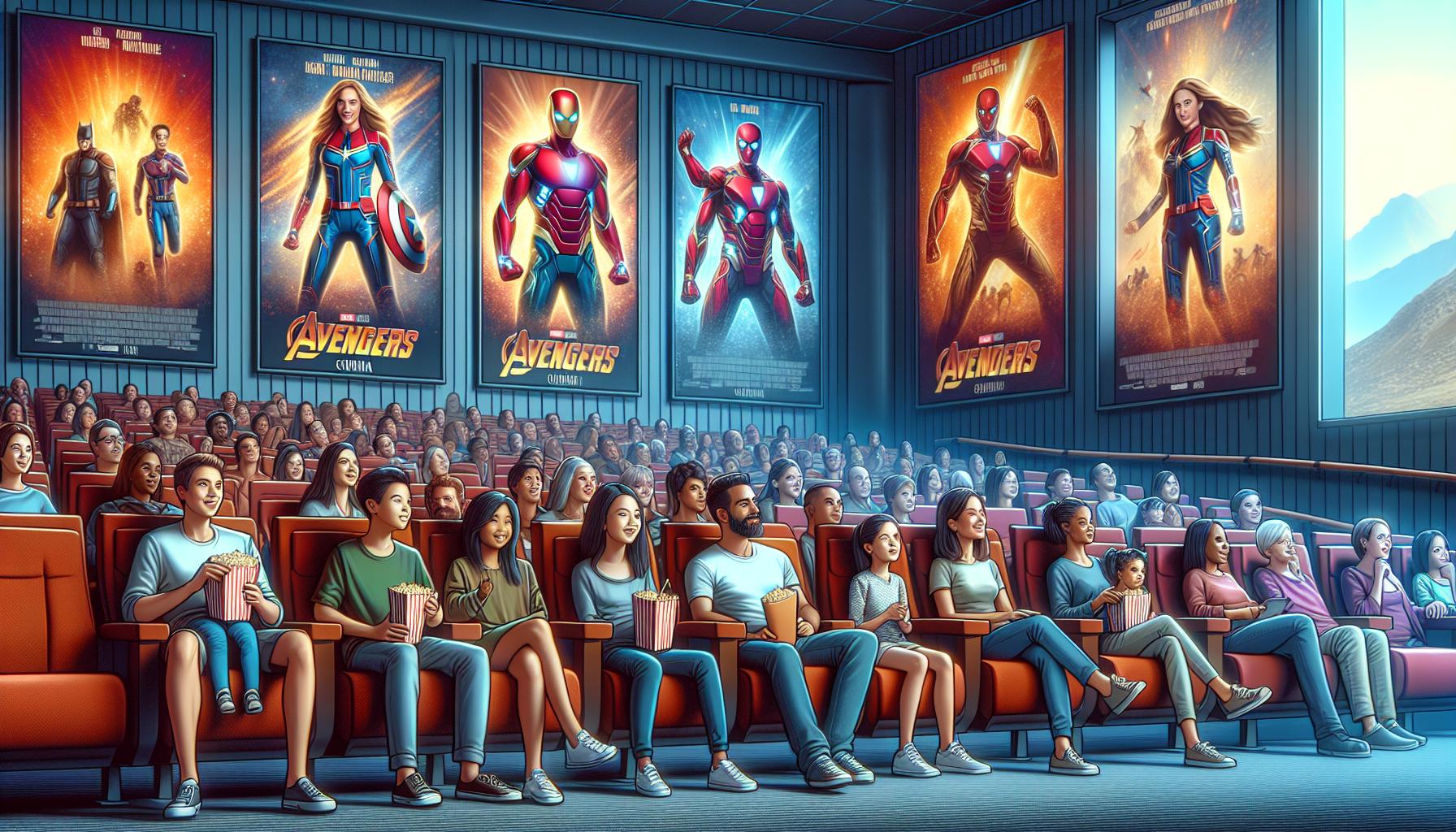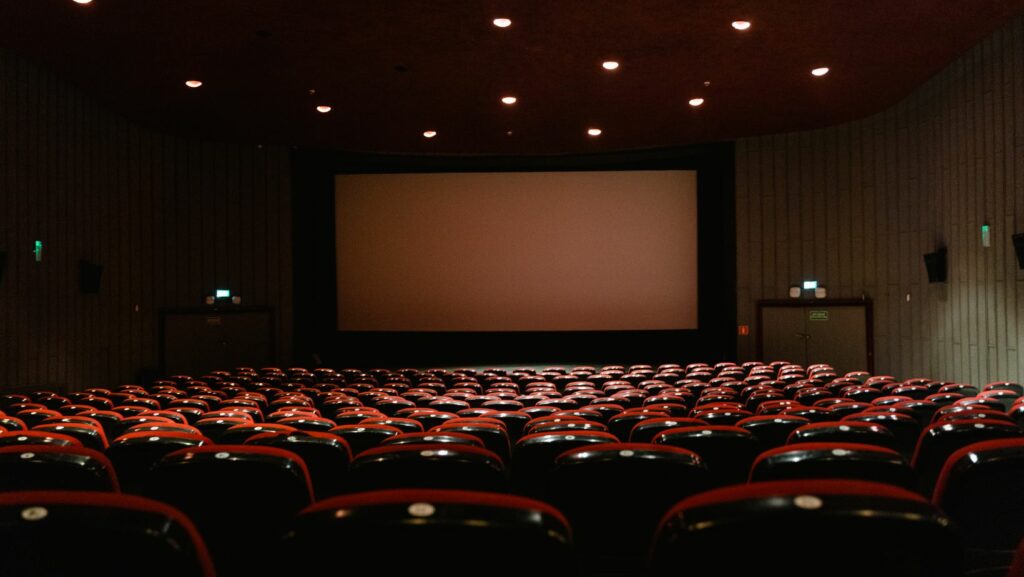Key Takeaways
- Evolving Storytelling Techniques: Filmmakers are embracing innovative and non-linear narratives, utilizing technology to enhance viewer engagement and emotional impact.
- Diversity and Inclusivity: A growing emphasis on representation from various cultures enriches storytelling, appealing to wider demographics and allowing for more authentic narratives.
- Impact of Streaming Services: The rise of platforms like Netflix and Disney+ is reshaping film distribution, granting independent films greater visibility and encouraging diverse creative projects.
- Genre-Blending Popularity: Filmmakers are increasingly mixing elements from various genres, creating unique hybrid films that captivate diverse audiences and challenge traditional norms.
- Focus on Social Issues: Increasingly, films incorporate relevant themes such as climate change and mental health, fostering social discourse and encouraging audience engagement on contemporary issues.
- Global Cinematic Influences: International collaborations and cultural exchanges are expanding storytelling horizons, leading to richer narratives that resonate with a global audience.
Cinema is constantly evolving, reflecting societal changes and technological advancements. As audiences seek fresh experiences, filmmakers are embracing innovative storytelling techniques and diverse narratives. From the rise of streaming platforms to the resurgence of independent films, the landscape of cinema is transforming in exciting ways.
Current trends highlight a growing emphasis on inclusivity, with more voices from different cultures and backgrounds making their mark. Viewers are increasingly drawn to films that challenge traditional norms and explore complex themes. As the industry adapts, it’s clear that cinema remains a powerful medium for connection and expression, shaping not only entertainment but also cultural discourse.
Current Trends in Cinema
Current trends in cinema reflect an evolving landscape shaped by technological advancements and shifting audience preferences. Filmmakers increasingly explore innovative storytelling techniques, utilizing non-linear narratives and immersive experiences to engage viewers. Experimentation with visual and sound design enhances the emotional impact, making films more enticing.
Diversity and inclusivity dominate film projects, with creators prioritizing representation from various cultures. Audiences seek stories that reflect a broad spectrum of experiences, prompting studios to invest in diverse casts and narratives. This approach not only draws in wider demographics but also enriches storytelling.
The rise of streaming platforms reshapes film distribution, allowing independent films to thrive alongside major studio productions. Viewers enjoy unprecedented access to a vast array of content, favoring niche films that challenge conventional narratives. This shift encourages filmmakers to take creative risks, resulting in unique and thought-provoking projects.
Additionally, genre-blending gains popularity as filmmakers mix elements from various genres to captivate audiences. Comedic horror, action-dramas, and romantic thrillers emerge as examples of this trend. Such experimentation attracts diverse viewer interest and fosters more engaging cinematic experiences.
Lastly, environmental themes and social issues increasingly appear in screenplays. Filmmakers integrate messages about climate change, mental health, and equality, fostering social discourse. These narratives resonate with audiences, reflecting contemporary concerns while prompting critical conversations.
Technological Advancements

Technological advancements are reshaping the cinematic landscape, enhancing storytelling methods and viewer experiences. These innovations drive filmmakers to explore new avenues in content delivery and immersive engagement.
Streaming Services Impact
Streaming services revolutionize film distribution, providing instant access to diverse content for global audiences. Platforms like Netflix, Amazon Prime, and Disney+ dominate the market, boasting millions of subscribers. They enable independent filmmakers to reach wider audiences outside traditional theaters. Additionally, data analytics allow these services to tailor content recommendations, enhancing viewer satisfaction and retention. The model encourages diverse storytelling by funding projects that might not thrive in conventional cinema, thereby increasing representation.
Virtual Reality in Film
Virtual reality (VR) introduces immersive storytelling capabilities, transforming how audiences experience films. Filmmakers utilize VR technology to create interactive narratives that engage viewers emotionally and physically. Projects like “The Invisible Man” and “Wolves in the Walls” exemplify successful integration of VR techniques. These experiences allow viewers to explore environments and influence storylines, breaking the confines of traditional cinema. The growth of VR also stimulates collaboration across industries, driving innovation and attracting tech-savvy audiences.
Changing Audience Preferences

Audience preferences in cinema are shifting rapidly, influenced by cultural trends and technological innovations. Filmmakers adapt to these changes by focusing on more diverse and interactive storytelling.
Rise of Diverse Storytelling
Diverse storytelling captivates audiences by reflecting various cultures and experiences. Filmmakers increasingly prioritize representation, incorporating characters and narratives that resonate with a broader demographic. Projects like “Black Panther” and “Crazy Rich Asians” showcase cultural richness and address underrepresented voices, leading to significant box office success. The commitment to inclusivity not only enriches the viewing experience but also promotes deeper connections between viewers and characters. Audiences now seek content that challenges stereotypes and offers authentic portrayals, compelling creators to embrace unique perspectives.
Demand for Interactive Content
Interactive content is becoming increasingly popular as audiences desire more engagement in their viewing experiences. Technologies like VR and AR provide immersive opportunities, allowing viewers to influence storylines and explore narratives dynamically. For instance, Netflix’s “Bandersnatch” introduced viewers to choose their path, demonstrating the potential of this format. Platforms that utilize interactive elements enhance viewer investment in the story, creating a new dimension of storytelling. As audiences seek out experiences that foster participation, creators are likely to explore these innovative formats to meet the demand, further blending entertainment with user interaction.
Notable Genres on the Rise

Current trends indicate significant developments in specific film genres, reflecting audience demands and societal changes.
Superhero Films
Superhero films continue to dominate box offices, with franchises like the Marvel Cinematic Universe and DC Extended Universe leading the way. Titles such as “Spider-Man: No Way Home” and “The Batman” exemplify the ongoing appeal of these narratives, merging action-packed visuals with deeper character explorations. The trend shows diversification within the genre, showcasing underrepresented heroes and narratives that resonate with broader audiences. Moreover, the incorporation of themes such as identity and morality adds complexity, attracting a wider demographic.
Documentaries and Social Issues
Documentaries are increasingly gaining traction as potent storytelling formats. Films like “13th” and “My Octopus Teacher” engage viewers by spotlighting critical social issues, promoting awareness and dialogue. Streaming platforms amplify accessibility, allowing audiences to explore diverse perspectives on topics like climate change, social justice, and mental health. The rise of docuseries, combining elements of traditional documentaries with episodic storytelling, enhances viewer engagement, showcasing stories that provoke thought and inspire action. Such projects not only inform but also encourage activism, aligning with contemporary cultural movements.
Influence of Global Cinema
Global cinema significantly impacts the film industry, driving new trends and shaping narratives. Filmmakers increasingly embrace international influences, leading to richer storytelling and broader audience reach.
International Collaborations
International collaborations enhance film productions by combining unique perspectives and expertise from different cultures. Projects like “Parasite” and “The Farewell” demonstrate the power of co-productions that blend artistic styles, attracting diverse audiences. These collaborations result in innovative storytelling, enabling filmmakers to access financing and distribution networks across countries. Moreover, partnerships with international talent foster creative ideas, pushing the boundaries of conventional narratives and visuals.
Cultural Exchange in Storytelling
Cultural exchange in storytelling reflects the blending of global influences in cinema. Filmmakers incorporate elements from various cultures, promoting understanding and appreciation among audiences. Films such as “Romeo + Juliet” and “Slumdog Millionaire” illustrate successful fusion of distinct cultural narratives, enriching the viewing experience. As audiences seek authenticity and relatability, diverse cultural representation becomes essential. This exchange not only captivates viewers but also encourages dialogue around global issues, engaging audiences in critical conversations about identity, tradition, and social change. The current trends in cinema reveal a dynamic landscape that thrives on innovation and inclusivity. Filmmakers are embracing diverse narratives and experimenting with storytelling techniques to engage audiences in new ways. The rise of streaming platforms has democratized access to content and empowered independent creators to share their voices. As cinema continues to evolve, themes of social relevance and cultural representation take center stage. With the integration of immersive technology like VR and the blending of genres, filmmakers are not just telling stories—they’re creating experiences that resonate deeply with viewers. This ongoing transformation promises to shape the future of cinema, inviting audiences to connect with narratives that reflect their realities and aspirations.



